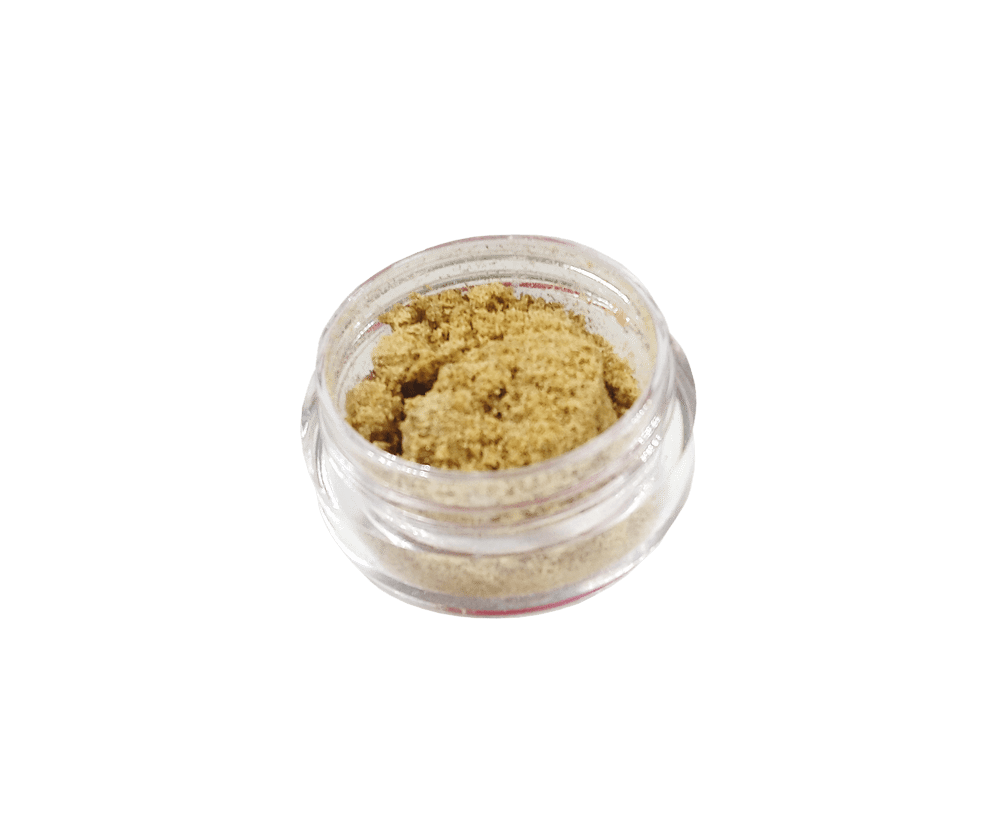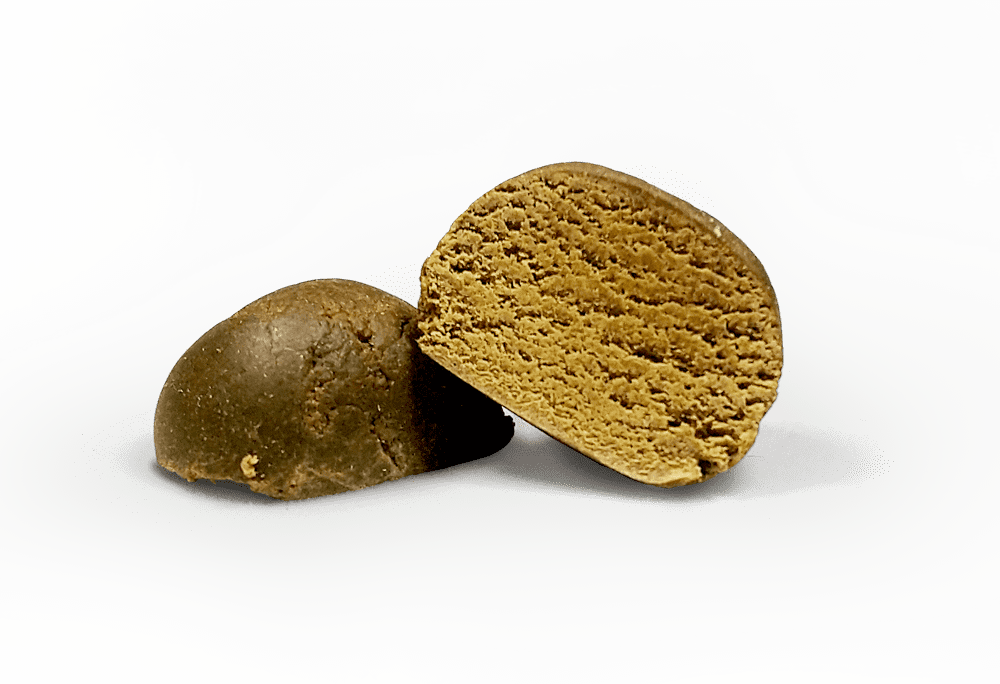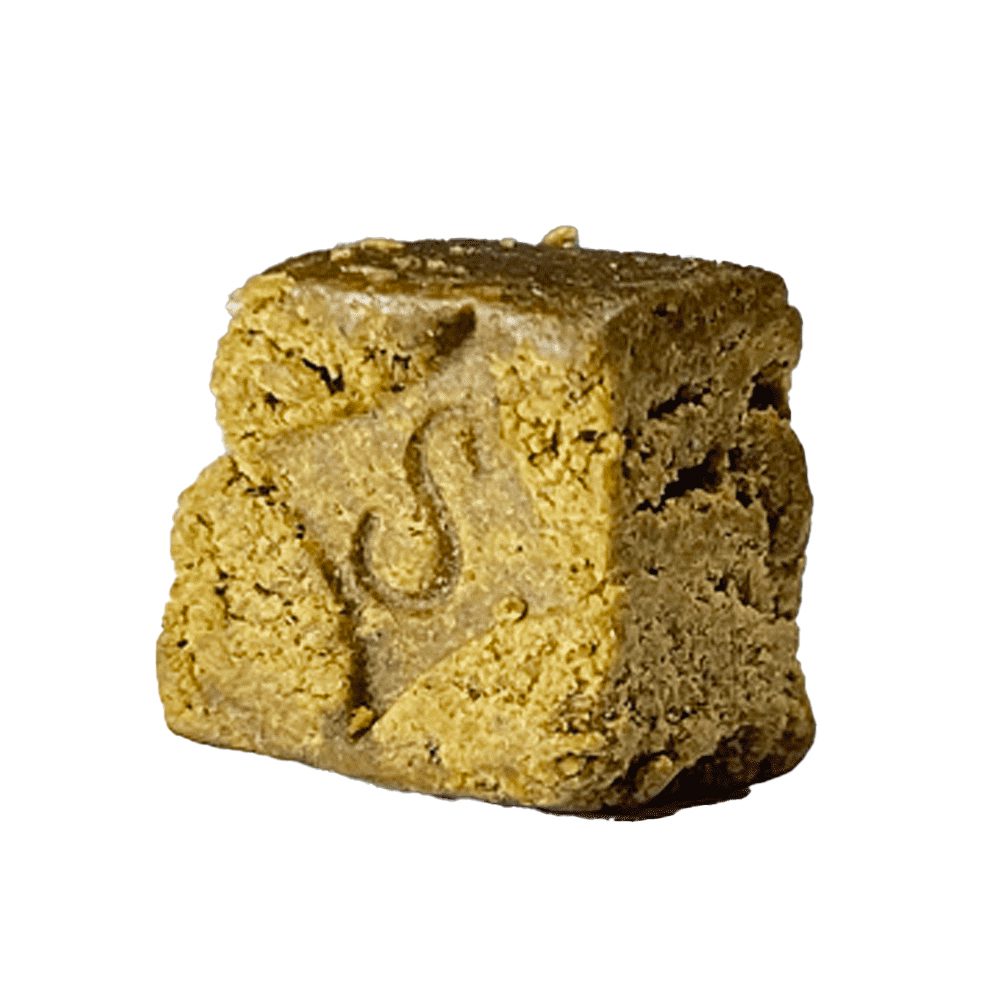Every November we celebrate one of the oldest forms of cannabis concentrates, hash. We’ve dubbed the month Hashapalooza, and made it an annual tradition to offer discounts and share information so you too can be a hash expert. This is a great place to start if you simply want to understand the difference between various types of hash.
Why try hash?
There are many good reasons to give hash a try.
Craft – Most modern concentrates are produced with expensive machines designed to pull out only a few delicate active components of the plant. Traditional hash is produced by hand, using gentler techniques to separate trichomes/resin from the rest of the plant, which contributes to a truly unique experience when consumed. We are fortunate in Washington state to have highly talented artisans producing quality hash using old-school methods.
Versatility – It can be consumed in a variety of ways!
Potency – Isolating the precious trichomes from the plant increases the potency of hash in relation to its weight.
What is hash?
Cannabis is covered in tiny crystals called trichomes, which are the glands of the plant that produces its smell and the valuable resins that get us high. Hash is made by breaking those trichomes off of the surface of the nugs. In short, hash is the part of the plant that gets you high but without all the green stuff.

Bubble Hash – Made by stirring buds together with ice and water, the resulting liquid is then strained through a series of screens to eliminate as much of the plant matter as possible. Some bubble hash will have a one to six-star rating which indicates the level of filtration.

Temple Balls – These start off as bubble hash, which is then gently pressed and heated to burst the trichome heads, releasing the terpenes while activating the cannabinoids. The pressure and heat give the hash a stickier, more malleable consistency so that it can be rolled into balls and cured to extend the shelf life. Some people prefer this style of hash because it is very soft and easy to work with.

Dry-sift Pressed Hash – Made using a box with a fine mesh screen on the bottom, cannabis buds are placed into it and gently shaken side to side encouraging the trichomes to break off. The resulting hash is then pressed into a slab or “coin”. This traditional method of hash making is used globally.
How to use it?
Smoke or vape it – Any style of hash can be smoked off of a screen, or in a vaporizer by itself. It can also be layered with flower in a bowl! Try creating a sandwich by putting a thin layer of hash in between two layers of flower.
Add it to a joint – Try popping a few small pieces of pressed hash in your grinder with some flower to create a uniform blend of hash and grass. Use this mixture to roll up a joint! Bubble hash can skip the grinding process and be added directly on top of the ground flower.
Eat it – Hash can be easily decarboxylated (activated) with a short trip to the oven. On top of a foil-lined cookie tray, sprinkle an even layer of hash and bake at 240 degrees for 30 minutes. Then, you can add it to any sweet or savory food you’d like!
Quick Hash Facts
- Charas, also called finger hash, is the original concentrate. It is produced by rubbing fresh uncured flower between the hands, then removing the resin build-up for consumption.
- Hash was original used as an incense by the Scythians as early as 500 BCE. It was burned inside of an airtight tent and inhaled. The first hot box!
- In the 70’s, the code word American smugglers used for hash was ‘Nordle’.
- A hand-rolled cigarette containing tobacco and hash or flower is called a spliff.
- To this day, hash is still made in countries all over the world using a variety of regional techniques.